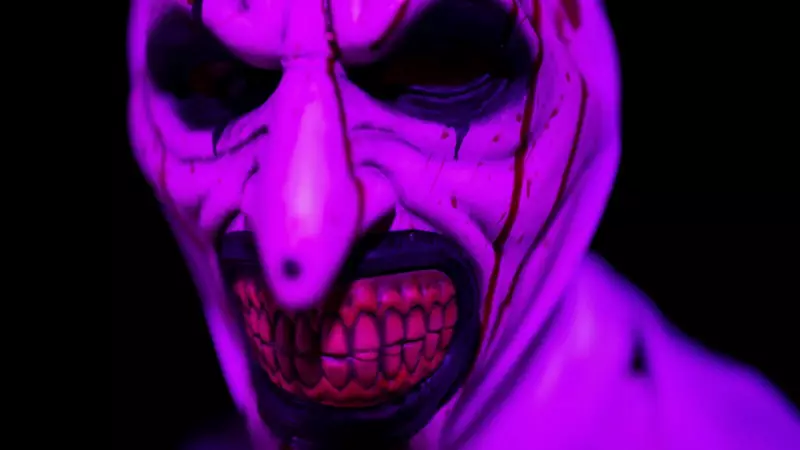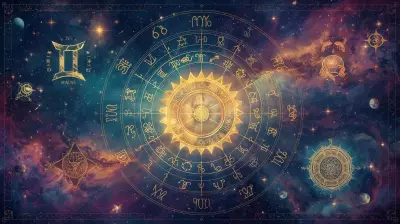
As the crisp autumn air settles across America and pumpkin spice everything fills the stores, millions eagerly await Halloween 2025. Yet, despite being one of the most celebrated occasions in the United States, October 31st will see most Americans heading to work and schools remaining open. Why does this massively popular festival not warrant a day off?
The Ancient Celtic Roots of Halloween
Halloween's journey began over 2,000 years ago with the ancient Celtic festival of Samhain (pronounced sah-win). Celebrated from October 31 to November 1, Samhain marked the end of summer and the beginning of the dark, cold winter—a time often associated with human death.
The Celts believed that on the night before their new year, the boundary between the worlds of the living and the dead became blurred. On the night of October 31, they celebrated Samhain, when it was believed that the ghosts of the dead returned to earth.
How Halloween Crossed the Atlantic
The celebration migrated to America with European settlers, particularly the Irish fleeing the potato famine in the 1840s. However, the Puritan influence in New England meant Halloween was initially much more common in Maryland and the southern colonies.
The American transformation of Halloween saw it evolve from a somber pagan ritual to a community-centered holiday. By the 1920s and 1930s, Halloween had become a secular, community-centered celebration with parades and town-wide parties.
Modern Halloween Traditions: A American Melting Pot
Today's Halloween represents a unique blend of customs:
- Trick-or-treating evolved from the European tradition of "souling" where poor people would visit wealthy homes receiving food in exchange for prayers for the dead
- Jack-o'-lanterns originated from Irish folklore about Stingy Jack who tricked the Devil and was condemned to roam Earth with only a carved turnip holding a burning coal
- Costume wearing dates back to the Celtic practice of wearing disguises to confuse spirits
- Haunted houses and horror movie marathons are purely American innovations
The Billion-Dollar Question: Why No Federal Holiday Status?
Despite generating nearly $10 billion in annual spending and being celebrated by 70% of Americans, Halloween remains conspicuously absent from the list of US federal holidays. The reasons are both practical and political.
Federal holidays in the United States primarily serve two purposes: recognizing historically significant events and providing time off for federal employees. Halloween, despite its popularity, doesn't fit the traditional criteria for several reasons:
- Religious origins concern: While now largely secular, Halloween's pagan and Catholic roots make some lawmakers hesitant to grant it official status
- Evening-focused celebration: Most Halloween activities occur after work hours, reducing the need for a full day off
- No historical significance: Unlike holidays honoring presidents, wars, or civil rights leaders, Halloween lacks the gravitas typically required
- Economic considerations: Adding another federal holiday has significant economic implications for productivity
What Makes a Federal Holiday in America?
The United States currently recognizes 11 permanent federal holidays. These typically fall into several categories:
- Patriotic celebrations: Independence Day, Memorial Day, Veterans Day
- Historical figures: Washington's Birthday, Martin Luther King Jr. Day
- Religious-based: Christmas (though its status has been debated)
- Workers' rights: Labor Day
Halloween doesn't neatly fit into any of these traditional categories, despite its massive cultural footprint.
Looking Ahead: Halloween 2025 and Beyond
As Halloween 2025 approaches, Americans will continue their love affair with this unique holiday. The celebration has shown remarkable adaptability—from ancient Celtic ritual to community festival to commercial powerhouse.
While workers might not get the day off, the spirit of Halloween continues to grow stronger each year. The holiday has become a cultural phenomenon that transcends its origins, embracing new traditions while honoring old ones.
So when October 31, 2025 arrives, remember you're participating in a tradition that spans millennia—even if you have to do it after work hours.





